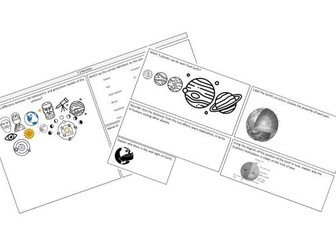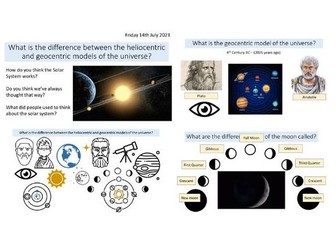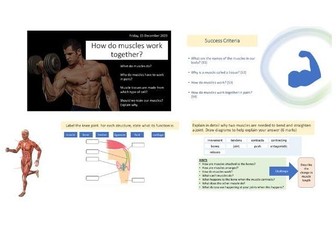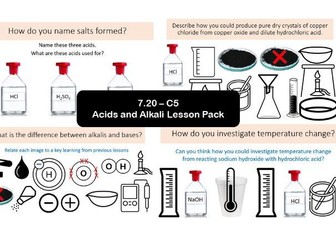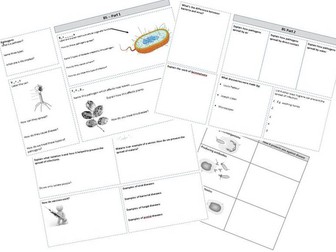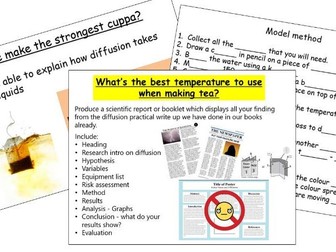
Activate - 7.2 The Universe Revision Worksheet
A revision worksheet designed to help pupils complete independent task to review what was taught in lesson.
It could also be used as a homework sheet.
Dual coding incorporated into worksheet. This fits in nicely with the lesson powerpoint series linked to this topic under iconlearning shop.
Answers in the comment section of PPT.
Hope you enjoy using this as much as I have.
Please leave feedback. Thank you.
